A Comprehensive Procurement Guide for Low-Dose Nicotine Pouches (Zyn & Similar Products)
Low-dose nicotine pouches—like Zyn, Velo, and On!—have become increasingly popular among health-conscious nicotine users seeking smoke-free and discreet alternatives. With as little as 2mg of nicotine per pouch, these products cater to consumers who prefer milder options or are transitioning away from traditional tobacco.
For businesses involved in retail, vending, or distribution of nicotine products, sourcing low-dose pouches in bulk presents a strategic opportunity. This guide provides a step-by-step overview of how to procure these products at scale, comparing sourcing regions, breaking down costs, evaluating white label versus OEM solutions, and outlining collaboration processes with trusted suppliers.
1. Define Your Market and Product Specifications
Successful bulk procurement starts with clearly identifying your end market and aligning product specifications accordingly. Ask:
-
Who is your target audience?
Are you catering to wellness-focused consumers, social nicotine users, or those reducing cigarette intake? Low-dose pouches perform particularly well in lifestyle and wellness retail environments. -
What features matter most?
-
Nicotine strength: 2mg or 4mg are common for low-dose pouches.
-
Flavor preferences: Popular flavors include mint, citrus, menthol, coffee, and berry.
-
Packaging: Will you need branded packaging or use existing stock designs?
-
A competent supplier should offer flexible options across all these dimensions, including white label and OEM manufacturing to suit your brand’s needs.
2. Regional Sourcing Channels: Where to Procure
United States
U.S.-based manufacturers offer the advantages of FDA compliance, domestic shipping, and transparent production standards. Local sourcing reduces lead times and simplifies logistics—ideal for businesses targeting U.S. markets.
China
Chinese suppliers dominate global nicotine pouch manufacturing due to low labor costs, high scalability, and flexible OEM options. Many offer small MOQs and comprehensive customization services. However, buyers must ensure products meet local import and labeling regulations, especially when importing into North America or Europe.
Europe
Countries like Sweden, renowned for their heritage in smokeless tobacco, produce high-quality pouches using advanced formulation techniques. While European manufacturers may command higher prices, their products are often preferred for premium retail positioning.
Pro Tip: Before finalizing your supplier, review regulatory requirements for your target market (e.g., FDA for U.S., TPD for EU).
3. Bulk Purchase Cost Breakdown
Understanding the full cost structure of nicotine pouch procurement is essential to project ROI and ensure sustainable margins. Key components include:
Raw Materials
Nicotine—either synthetic or extracted from tobacco—is the primary cost driver. Ensure your supplier uses pharmaceutical-grade nicotine salts and provides transparent lab testing data.
Manufacturing & Labor
Costs vary depending on location and production scale. OEM arrangements typically involve higher customization fees, while white label models offer lower costs and quicker turnarounds.
Packaging
Choose between:
-
Stock designs: Cost-effective and fast.
-
Custom OEM packaging: Enhances brand presence but increases per-unit costs and production lead time.
Shipping & Logistics
Domestic shipping is more predictable and may offer lower costs. International freight may involve customs duties and extended timelines, though some manufacturers offer DDP (Delivered Duty Paid) shipping to simplify this.
Compliance & Certification
Products sold in the U.S. require FDA registration and labeling in line with local laws. Working with compliant suppliers helps avoid legal delays and penalties.
4. White Label vs. OEM Production: What’s Best for You?
White Label
-
What it is: Standardized nicotine pouches manufactured by the supplier and sold under your brand name.
-
Advantages:
-
Lower upfront investment
-
Ready-made flavor/dose options
-
Shorter production cycles
-
-
Ideal for: New entrants, market testers, or retailers expanding their product lineup quickly.
OEM (Original Equipment Manufacturer)
-
What it is: Custom products made to your exact specifications (flavor, dosage, packaging, etc.).
-
Advantages:
-
Unique product offering
-
Complete brand control
-
-
Considerations:
-
Higher costs
-
Longer lead times
-
-
Ideal for: Established brands building differentiated products or private-label portfolios.
Recommendation: Start with white label offerings to test demand, then scale into OEM once your brand gains traction.
5. From Sample to Shipment: Procurement Process
To ensure a smooth and transparent procurement experience, follow these six steps:
Step 1: Request Samples
Evaluate flavor, nicotine accuracy, pouch quality, and packaging. Reputable suppliers—such as Snuff Factory—offer sampling kits for evaluation.
Step 2: Confirm MOQ and Pricing
Establish pricing tiers based on volume and negotiate flexible MOQs where possible. Larger orders often come with significant per-unit savings.
Step 3: Finalize Contract Terms
Your agreement should include:
-
Product specifications (nicotine strength, flavors, pouch count)
-
Packaging details (stock vs. custom)
-
Regulatory compliance (FDA, ISO certifications)
-
Production and shipping timelines
Step 4: Set Up Quality Control
Implement a clear quality control protocol with your supplier. This should define tolerances for nicotine content, pouch consistency, and labeling accuracy.
Step 5: Place Formal Order
Submit a detailed purchase order that includes shipping preferences, payment terms, and reordering mechanisms. Many suppliers, like Snuff Factory, support automated restocking for recurring clients.
Step 6: Conduct Post-Shipment Review
Inspect your received goods for quality and consistency. Report issues immediately to your supplier and maintain feedback loops to ensure continued reliability.
6. Key Industry Terms to Know
Understanding industry terminology can streamline communication with suppliers and logistics providers:
-
Nicotine Preparation Method: The process by which nicotine salts or synthetic nicotine are extracted and prepared for pouch use.
-
Liquid Nicotine Wholesaler: A supplier offering bulk nicotine inputs for various end-products, including pouches and e-liquids.
-
Nicotine Factory: A full-scale facility with the capability to produce high-volume custom or white label nicotine pouches for export.
-
Nicotine Patch Manufacturer: Not directly related to pouches but relevant for companies exploring diversified nicotine delivery products.
Conclusion: Build a Scalable, Profitable Supply Chain
Low-dose nicotine pouches represent a growing product category with robust consumer demand and excellent retail margins. Whether you’re entering the market or expanding a nicotine product line, strategic procurement—from choosing the right supplier to managing compliance and quality—is essential.
By working with proven manufacturers like Snuff Factory, businesses can secure a reliable supply of high-quality, regulation-ready nicotine pouches tailored to their branding and customer base. Start with samples, negotiate smartly, and scale confidently.

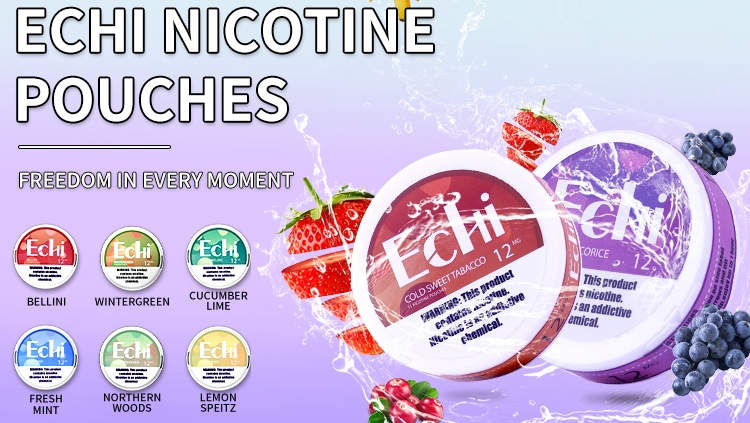

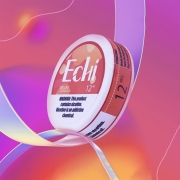
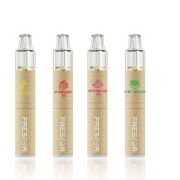

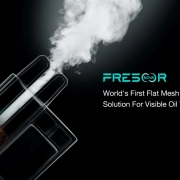
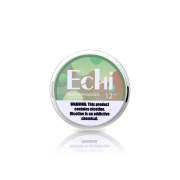




Leave a Reply
Want to join the discussion?Feel free to contribute!